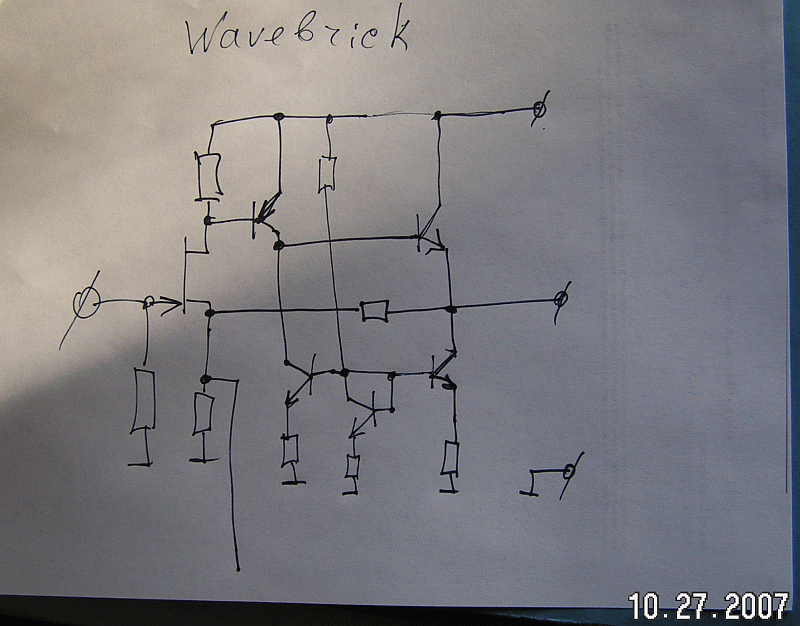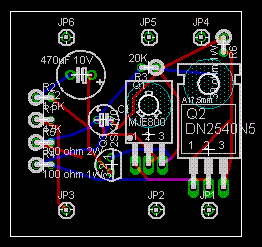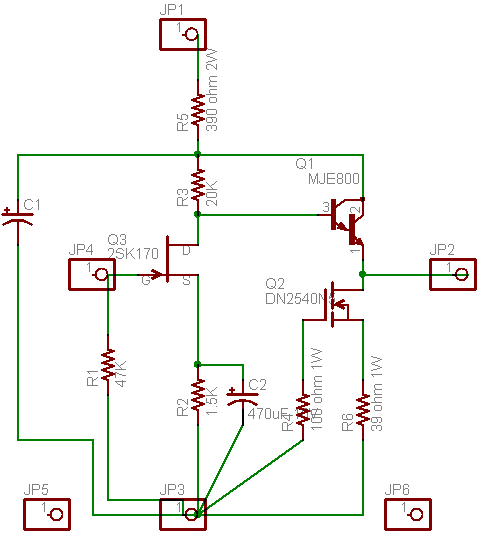[quote author="clintrubber"][quote author="Wavebourn"]Let me join your brain-storm...
One more version: non-inverting, more gain, lower output resistance, higher input resistance, less audible distortions, large output swing. To increase gain use capacitor with resistor in series to the ground, to decrease gain use it to output, for unity gain just a capacitor to output. Like an "Audio OpAmp" with huge input resistance on non-inverting input and reasonable input resistance on inverting input. However, DC feedback will shift a working point, but it is for audio, not for instrumentations...
http://wavebourn.com/images/wavebrick.gif[/quote]
That's a nice one, would be a nice update for making this circuit below more universal. I like it.
http://electronicdave.myhosting.net/miscimages/1588B-3.gif
As I thought to have seen though, the Altec has just the right
adaptation to 200 Ohm mics (w.r.t. noise; or to 2k sources when skipping the TX), so making circuits more 'universal' can be a compomise. In other words the FET-version my not be optimal for all applications, but could be adapted for of course with some redimensioning.
[/quote]
Peter;
I always knew that Altec engineers were smart guys. I started to respect them more when suddenly found schematics of their vintage 1569 amp that looks like a sister of mine. :thumb: Indeed, the same cat may be skinned by multiple ways, but very few of them will be optimal.




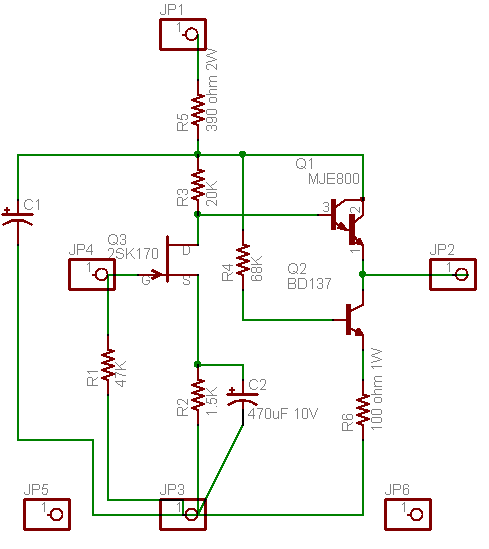
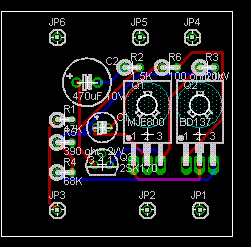


















![Soldering Iron Kit, 120W LED Digital Advanced Solder Iron Soldering Gun kit, 110V Welding Tools, Smart Temperature Control [356℉-932℉], Extra 5pcs Tips, Auto Sleep, Temp Calibration, Orange](https://m.media-amazon.com/images/I/51sFKu9SdeL._SL500_.jpg)










